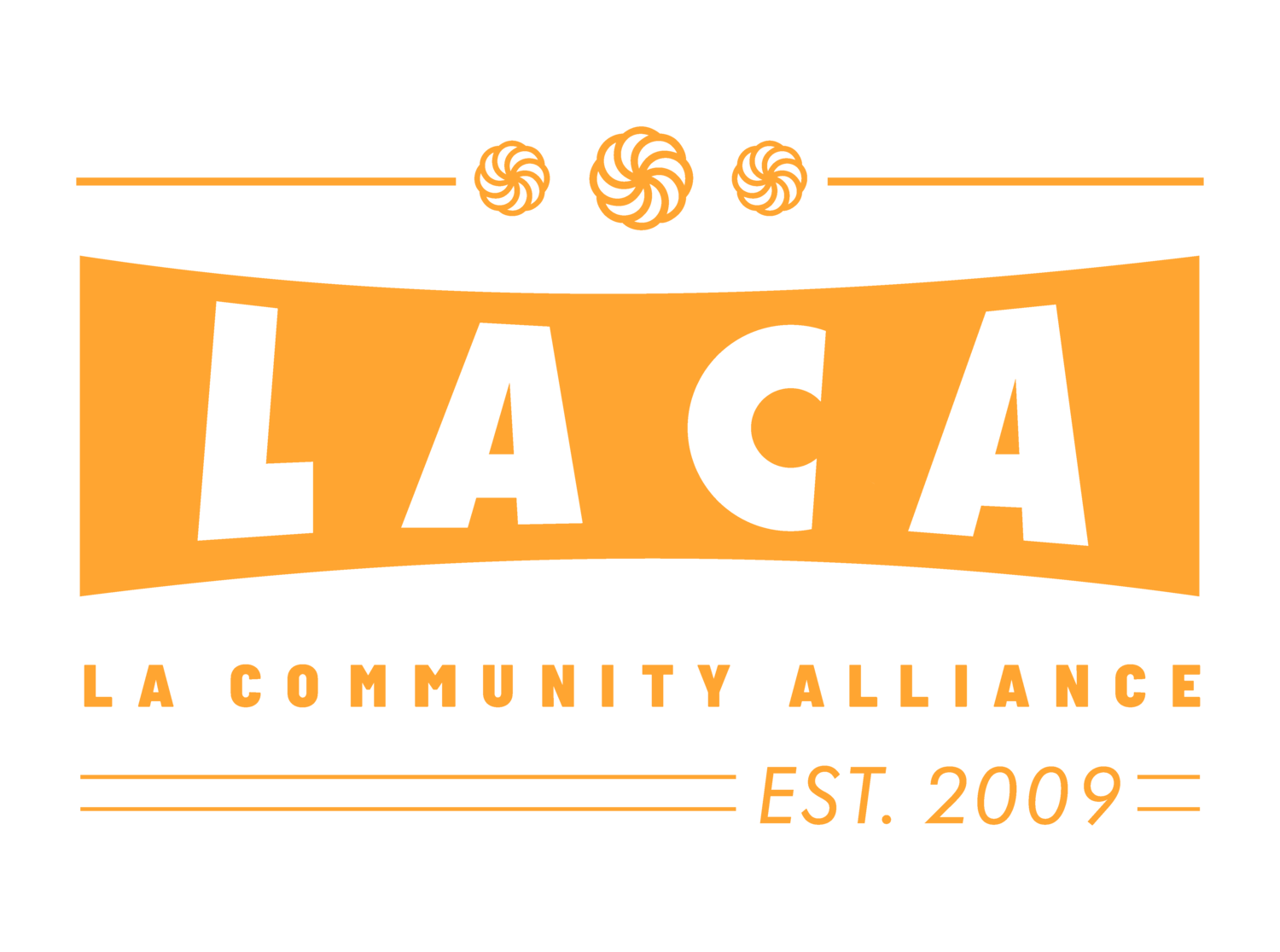Understanding BIPOC: Definition, Importance, and Why It Matters
Introduction
In recent years, the term BIPOC (Black, Indigenous, and People of Color) has gained prominence in discussions about race, equity, and social justice. But what does BIPOC mean, and why is it important? This article breaks down the definition of BIPOC, explores its significance in addressing systemic inequities, and highlights why centering these communities is critical for creating a more inclusive society.
What Does BIPOC Stand For?
BIPOC is an acronym that stands for Black, Indigenous, and People of Color. Unlike broader terms like "POC" (People of Color), BIPOC intentionally centers the unique experiences of Black and Indigenous communities, who face distinct historical and systemic oppression.
Why Use BIPOC Instead of POC?
Specificity: Recognizes that anti-Black racism, colonization, and genocide against Indigenous peoples require targeted advocacy.
Visibility: Highlights disparities often erased in broader racial justice conversations.
Example: Indigenous peoples experience the highest poverty rates in the U.S. (12.8% vs. national average of 11.6%, U.S. Census 2022).
Solidarity: Builds unity among marginalized groups while respecting their unique struggles.
The Historical Context of BIPOC
The term BIPOC was created to address oversimplified labels like “POC” to address experiences of marginalized groups, specifically Black and Indigenous communities’ unique struggles. We have to acknowledge the legacy of slavery’s systemic exploitation of black people and theft of indigenous lands, which continue to fuel fights for sovereignty and reparations.
BIPOC also highlights intersectional oppression—how race intertwines with gender, class, and immigration status to deepen marginalization, such as Indigenous women facing disproportionate violence or migrant workers enduring labor exploitation. By naming these layered injustices, BIPOC creates a framework for advocacy that prioritizes equity for the most marginalized.
Why Understanding BIPOC Matters
Centering BIPOC voices isn’t just about terminology—it’s about equity, representation, and justice. Here’s why it’s critical:
1. Exposes Systemic Inequities
Wealth Gap: The median white family has 8x the wealth of a Black family (Brookings Institution).
Criminal Justice: Black Americans are 5x more likely to be incarcerated than white Americans (NAACP).
Health Disparities: Indigenous communities face life expectancies 5.5 years shorter than the national average (CDC).
2. Drives Inclusive Policies
Using BIPOC ensures policies address specific needs, such as:
Tribal healthcare funding.
Access to benefits and education.
Language access for immigrant communities.
3. Amplifies Marginalized Voices
BIPOC challenges the “one-size-fits-all” approach to racial justice, uplifting stories often excluded from mainstream narratives.
Challenges Faced by BIPOC Communities
While BIPOC communities are resilient, systemic barriers persist:
Housing Discrimination: Redlining and gentrification disproportionately displace BIPOC families.
Education Gaps: Underfunded schools in BIPOC neighborhoods limit opportunities.
Environmental Racism: BIPOC communities are more likely to live near toxic waste sites (EPA).
Police Force : Systemic abuse faced by BIPOC
Supporting BIPOC Peers with Genuine Care
Genuine care begins with simply asking, “How are you, really?” and listening with empathy. While BIPOC communities face unique systemic challenges, we all share universal human experiences—joys, struggles, hopes, and fears. By connecting through these shared truths, we build trust and understanding. Celebrate common ground, whether it’s love for family, career aspirations, or navigating life’s ups and downs. Being “good people” means showing up consistently: checking in without agenda, offering support without saviorism, and standing against injustice while nurturing kindness in everyday actions. True allyship grows when we see each other as whole humans first.
Moving Toward Equity
Understanding BIPOC is more than learning a term—it’s a commitment to dismantling systems that harm Black, Indigenous, and People of Color. By educating ourselves, advocating for justice, and amplifying marginalized voices, we can build a future where equity isn’t an aspiration but a reality.
Call to Action: Share this article to spread awareness, follow BIPOC activists on social media, and engage with local equity initiatives.

